 A lifetime for them, luna moths and their days of winged flight to solely find a mate must take place in the seven days of the Luna moth’s life. The largest North American moth with a wingspan of 2 15/16 – 4 1/8 inches (7.5 – 10.5 cm), this silk moth is Luna moth. It is known for its beauty and some believe- its magic.
A lifetime for them, luna moths and their days of winged flight to solely find a mate must take place in the seven days of the Luna moth’s life. The largest North American moth with a wingspan of 2 15/16 – 4 1/8 inches (7.5 – 10.5 cm), this silk moth is Luna moth. It is known for its beauty and some believe- its magic.
LUNA MOTHS| A LOVE STORY
LUNA MOTHS| A Love Story
Article & Photography by Mina Thevenin, Editor
Published August 2015, LUNA MOTHS|A Love Story
Contributing photographers: Jeremy Johnson & Peter Znamenskiy (Click on any image to view photography as gallery/scroll mouse over image for copyright details.)
This true love story of Verda & Papilio picks up on the late afternoon of a hot Kentucky summer near the end of July 26th, 2015. Days that reached into the 90’s were cooled by 30 points of thin foggy blankets and early evening dew. Their story began sometime before that late afternoon…maybe the middle of their lives already, or maybe it was near the end. No one can know for sure, but one thing was certain. Their embrace had been since supper time and it was well into dark that summer evening. Tree frogs were singing and the clear, star-filled sky of the night before was gone now, replaced by a glow of night clouds and lightning bugs.
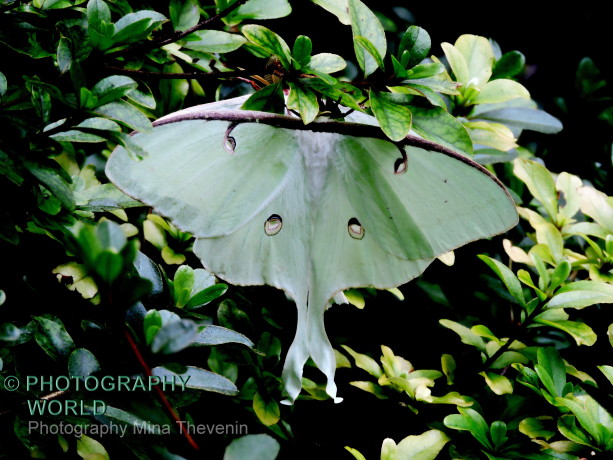 Did they meet by the light of the moon? Often mistakenly called, “Lunar Moths”, these two Luna moths were tucked in to the long green leaves of the azalea by the woods. Camouflaged in a light pistachio green color, they were well hidden, but I’ve got the photographer’s eye and she was so big and a little odd, I might add. Their coloring blended in fairly good, but it was the size of her wings and the way they dipped down that caught my attention in the clearing of the branch.
Did they meet by the light of the moon? Often mistakenly called, “Lunar Moths”, these two Luna moths were tucked in to the long green leaves of the azalea by the woods. Camouflaged in a light pistachio green color, they were well hidden, but I’ve got the photographer’s eye and she was so big and a little odd, I might add. Their coloring blended in fairly good, but it was the size of her wings and the way they dipped down that caught my attention in the clearing of the branch.
“That’s a Luna moth!” I said out loud to no one but my dog. I told both of them I was going in to get my camera and hoped it would still be there when I got back, my voice trailed off away from the moth visitor as I walked back to the house.
Returning to the azalea bush with camera in hand, this azalea blooms pink in the spring, I could see that the moth was still there. That’s when I saw she was not alone. “Wow, my lucky stars. You’re mating!” I zoomed in from about ten feet away and wished I’d brought my tripod out with me for capturing greater clarity. Slowly I moved around the frozen pair photographing them as they were embraced in doing what it is they were born to do- mate. Not getting too close, I photographed them from a respectable distance so as not to disturb their life together. Taking about fifteen images I told them I simply had to get the tripod. I knew I would most likely never get an opportunity again to photograph Luna moths mating in the wild!
LUNA MOTHS| A Love Story
ANTENNAE for LUNA MOTHS|
HER CALLING CARD OF COME HITHER
HIS RADAR TO FIND HER
Differentiating the gender, the Luna moth’s gender can be recognized by several factors: the male is slightly smaller, is a lighter shade of green and the antennae are different. The male antenna is larger with longer hair-like olfactory receptors, while the female’s antenna is shorter. She releases pheromones through her antennae to attract him~ her calling card of come hither.
Luna moths use their antennae for finding mates. This is how Papilio found Verda.
According to the Biomimicry Institute and Ask Nature, the Indian Luna moth (Actias selene) has the most developed sense of pheromone perception.
“The male of this species is so sensitive to the female’s sex pheromone that he can trace a female via her scent from as far away as 6 1/2 miles (11 km). In experiments in which male specimens were released this distance away from caged females, 26 percent successfully located the females, while 46 percent of the males located the females if released 2 1/2 miles (4.1 km) from them.” (1)
Tens of thousands of tiny hairs are the receptors of smell on the male’s antennae. He is able to track and find, over great distances, the attracting female that is releasing her pheromones by following these olfactory sensory “directions” as signaled by his alternating left or right antenna. If the left antenna “smells” the female’s pheromones more on the left instead of the right side, the male is guided to fly more to the left. Conversely, if the right antenna “smells” the female pheromones coming more from the right direction, then the male luna moth flies more to the right. By alternating this method of tracking, a luna moth can find a female with which to mate almost 50% of the time. Because the male relies on the antennae as his olfactory navigational guiding system, he is unable to find a mate if only one of his antenna is functioning.
.
LUNA MOTH
BODY & MARKINGS
EYE SPOTS
Luna moths have four eye spots (one on each fore wing and one on either hind wing) by which they confuse predators. Mistaking them for “eyes”, the predator will attack the Luna moth nearer the sweeping tail of the wing, and so the moth has a greater chance of escape.
 Similar to other moths, the Luna moth has six legs and three segments to its body: head,thorax, and abdomen.
Similar to other moths, the Luna moth has six legs and three segments to its body: head,thorax, and abdomen.
The beautiful Luna moth lives in forested areas all the way from southern Canada’s eastern Nova Scotia to mid-west Saskatchewan provinces. In the United States the Luna moth is found in half of the country, from North Dakota to coastal Maine and regions south to Florida, west to eastern Texas, and further south to parts of Mexico. (2)
LIFE CYCLE LUNA MOTHS|
Luna moths go through complete metamorphosis. They begin as an egg (the female can lay up to 200 eggs or more in a week); they hatch as a caterpillar, build a cocoon and emerge as a winged moth. As a green caterpillar, its eating stage, the luna is an herbivore and feeds on the deciduous leaves of the forested host plant on which its mother ovipositioned (laid her eggs). Luna moths preferred deciduous tree leaves include: various species of hickory, walnut, sweet-gum, persimmon, and birch trees; they do not damage their host trees(3). The adult moth in the wild emerges from its cocoon (pupal case) within four weeks, as hatching time is effected by air temperature (the warmer the air, the quicker the moth emerges).
According to a 2007 (revised 2012) University of Florida’s Entomology and Nematology Department study, by Professor Emeritus Donald W. Hall,
Adult eclosion (emergence from pupa case) typically occurs in the morning with males usually beginning emergence several days before females. Morning emergence allows time for expansion and drying of the wings prior to the evening flight period. Also, during the first day after emergence, the moth voids the reddish-colored, liquid meconium which is composed of the breakdown waste products of the old larval tissues.
 And what of Verda and Papilio, our two star crossed or in this case, luna crossed lovers, who found each other through the adversities and challenges of nature’s predators- owls, other birds, and hungry invertebrates, as well as the false lure of suburban UV light wavelengths on porch lights and outdoor landscape lighting? Their existence was magical and the fact that they successfully found each other was just another one of those incredible stories of nature.
And what of Verda and Papilio, our two star crossed or in this case, luna crossed lovers, who found each other through the adversities and challenges of nature’s predators- owls, other birds, and hungry invertebrates, as well as the false lure of suburban UV light wavelengths on porch lights and outdoor landscape lighting? Their existence was magical and the fact that they successfully found each other was just another one of those incredible stories of nature.
Somewhere on the edge of the woods later that July 26th evening, 10:33 pm to be exact, Verda and Papilio parted ways. Not far beyond their azalea bush, in the groves of walnut and nearby pig-nut hickory, Verda most likely laid their fertilized eggs in cocoons that -are hopefully hatching the next generation of Lunas today! Any time now, I expect to see a pistachio colored Luna moth clinging to a branch, maybe even the familiar azalea, that still holds the green leaves of late summer…and the magic of the Luna Moth- one or two, by the light of the moon.
(1) Shuker, KPN. 2001. The Hidden Powers of Animals: Uncovering the Secrets of Nature. London: Marshall Editions Ltd. 240.
(2) Tuskes PM, Tuttle JP, Collins MM. 1996. The Wild Silk Moths of North America: The Natural History of the Saturniidae of the United States and Canada. Cornell University Press. Ithaca, New York. 250.
(3) Ibid.

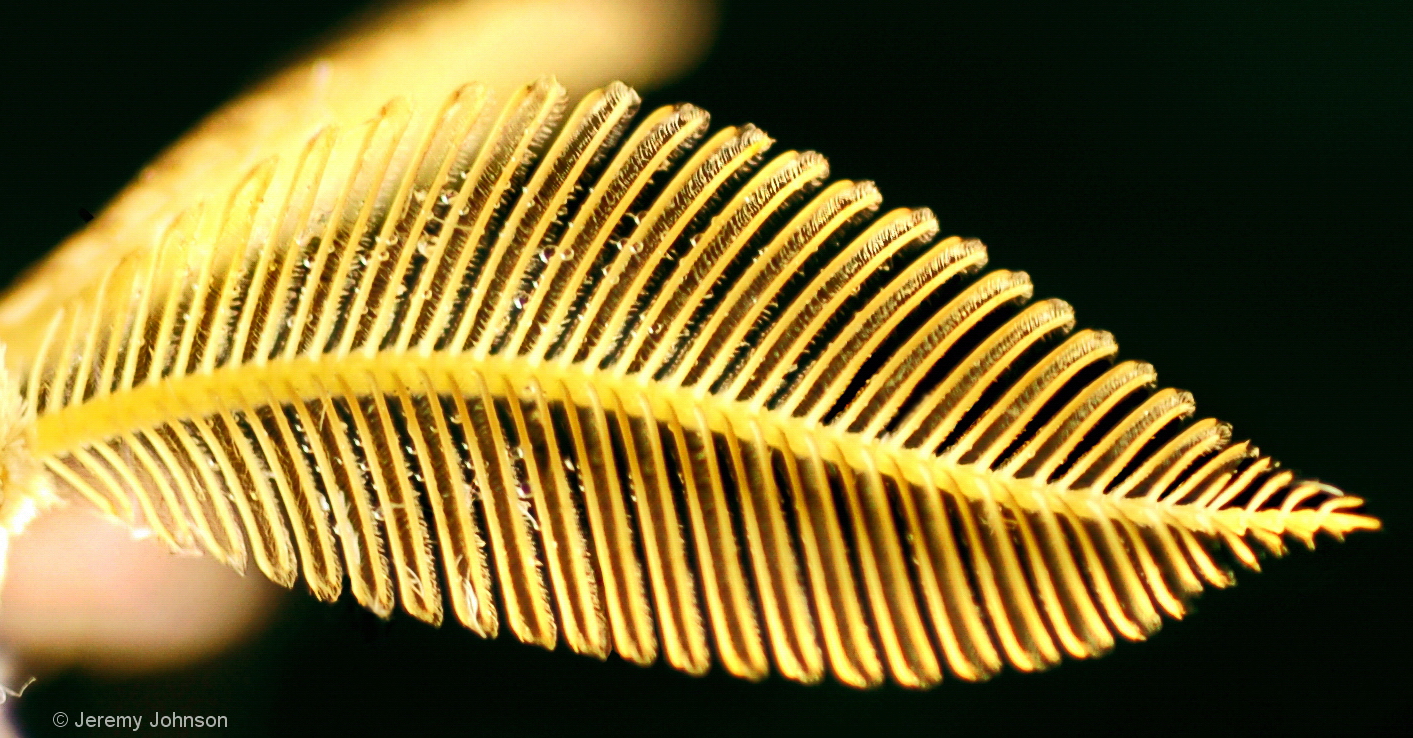
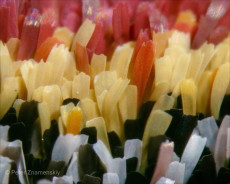
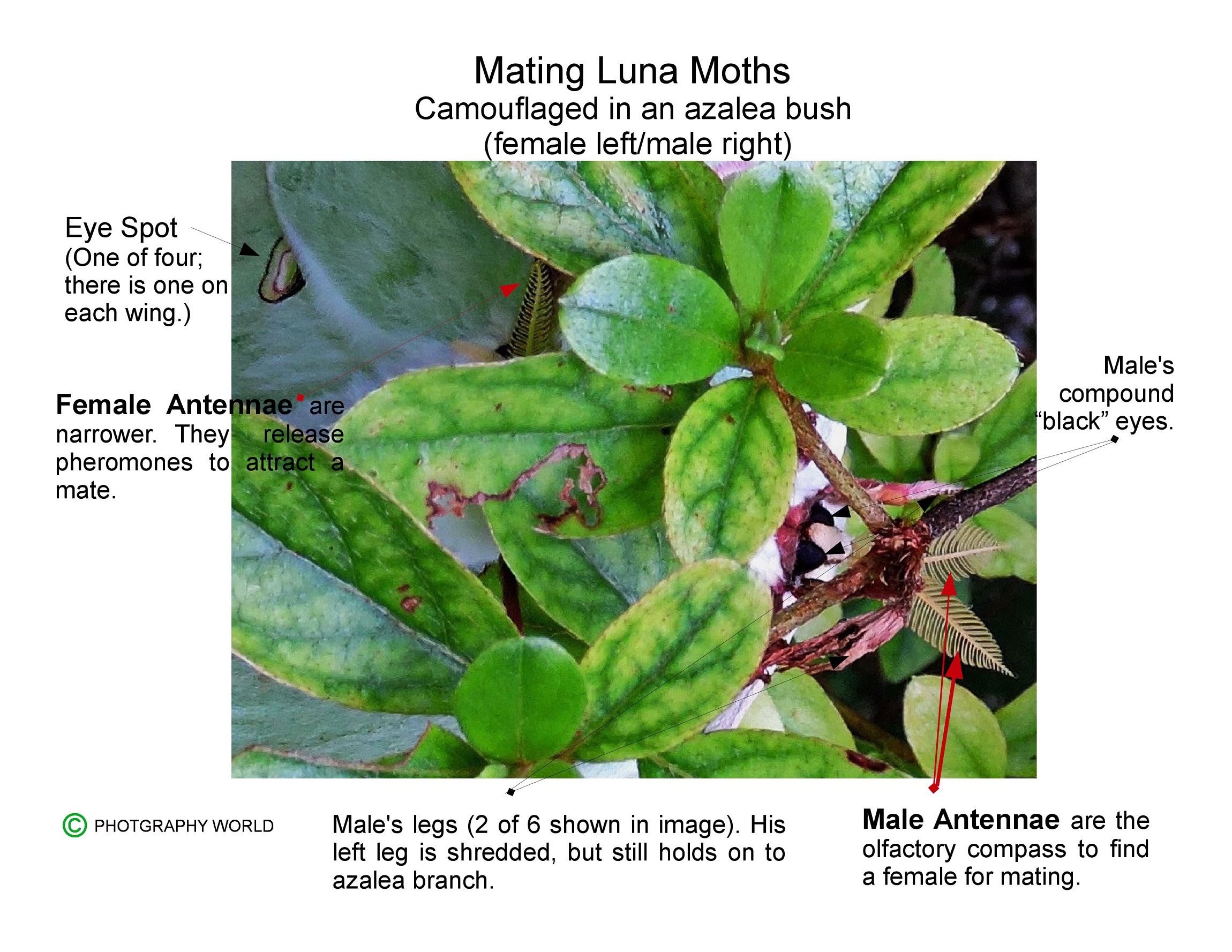

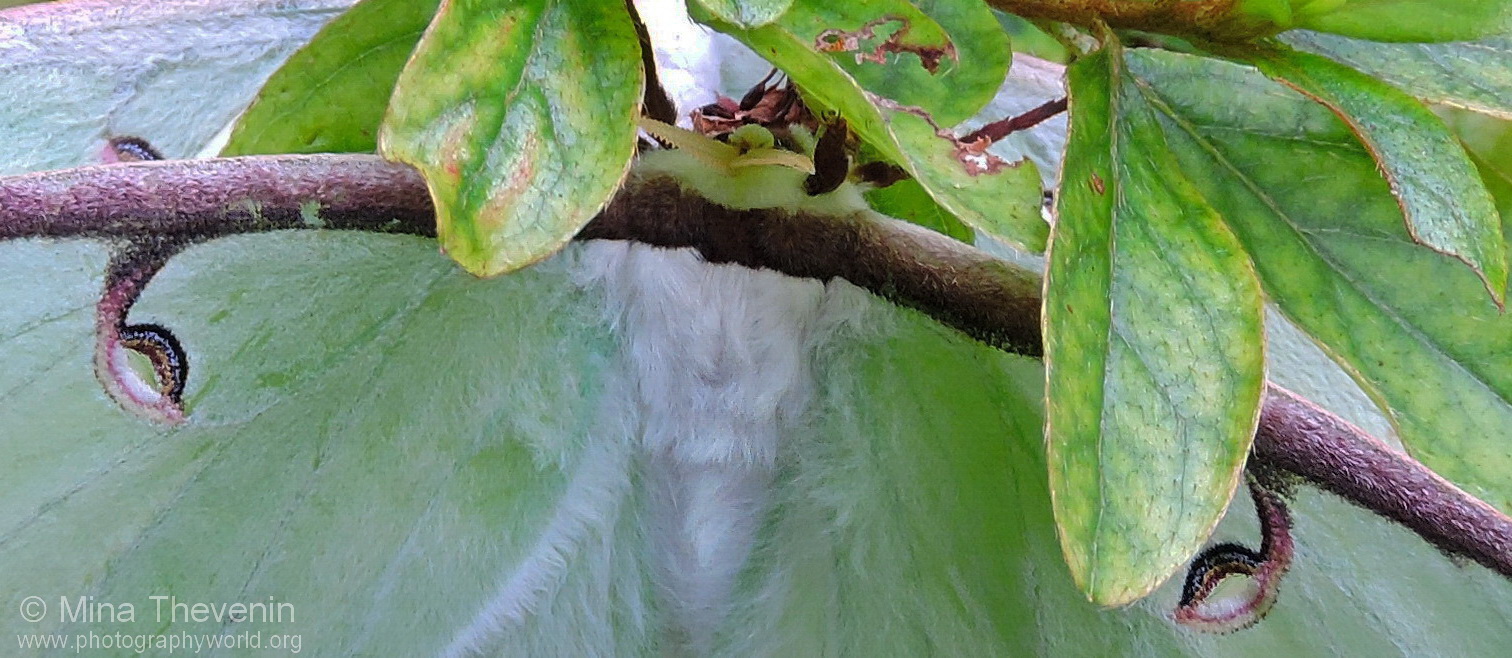
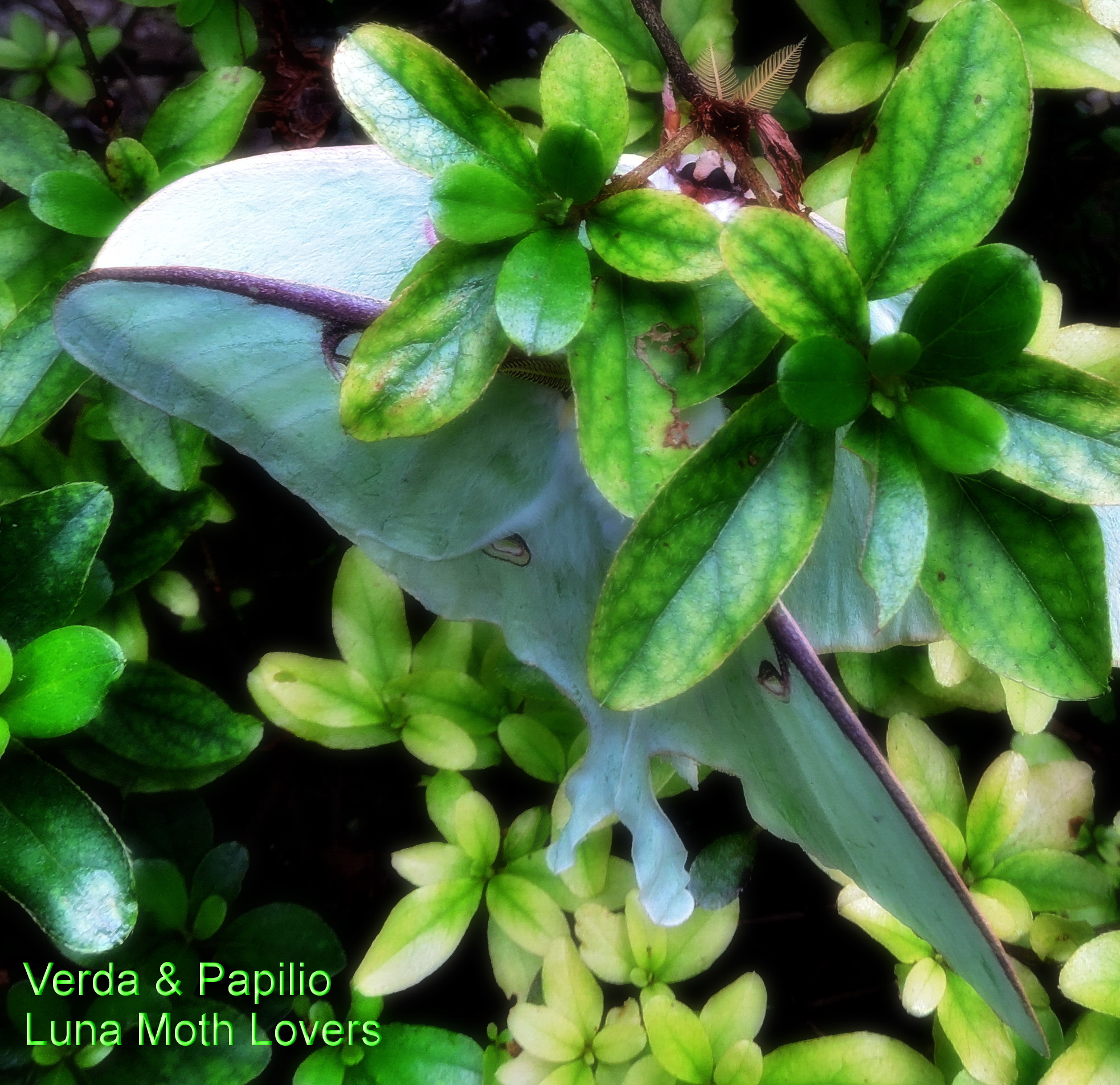
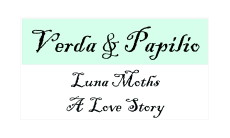
I have read so many articles on the topic of the blogger lovers but this article is actually a nice piece of writing, keep it up.
Thank you Source!
Great article… job well done
Nelin, thanks!